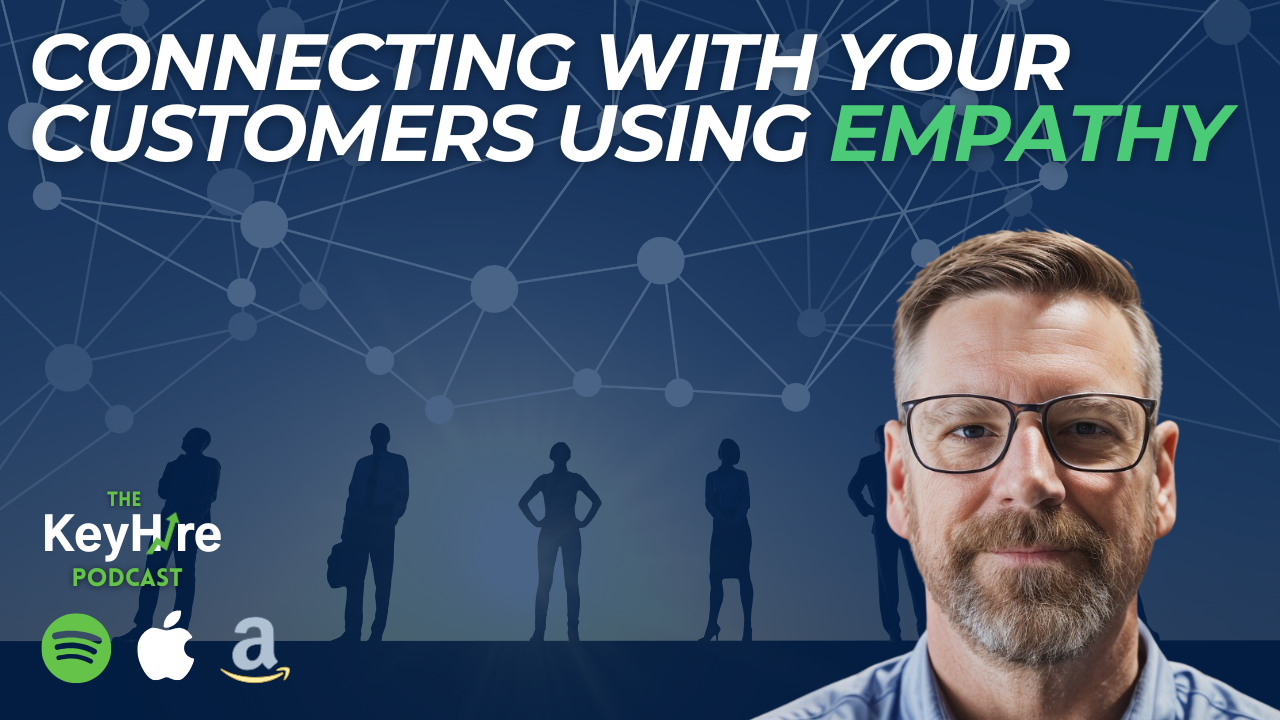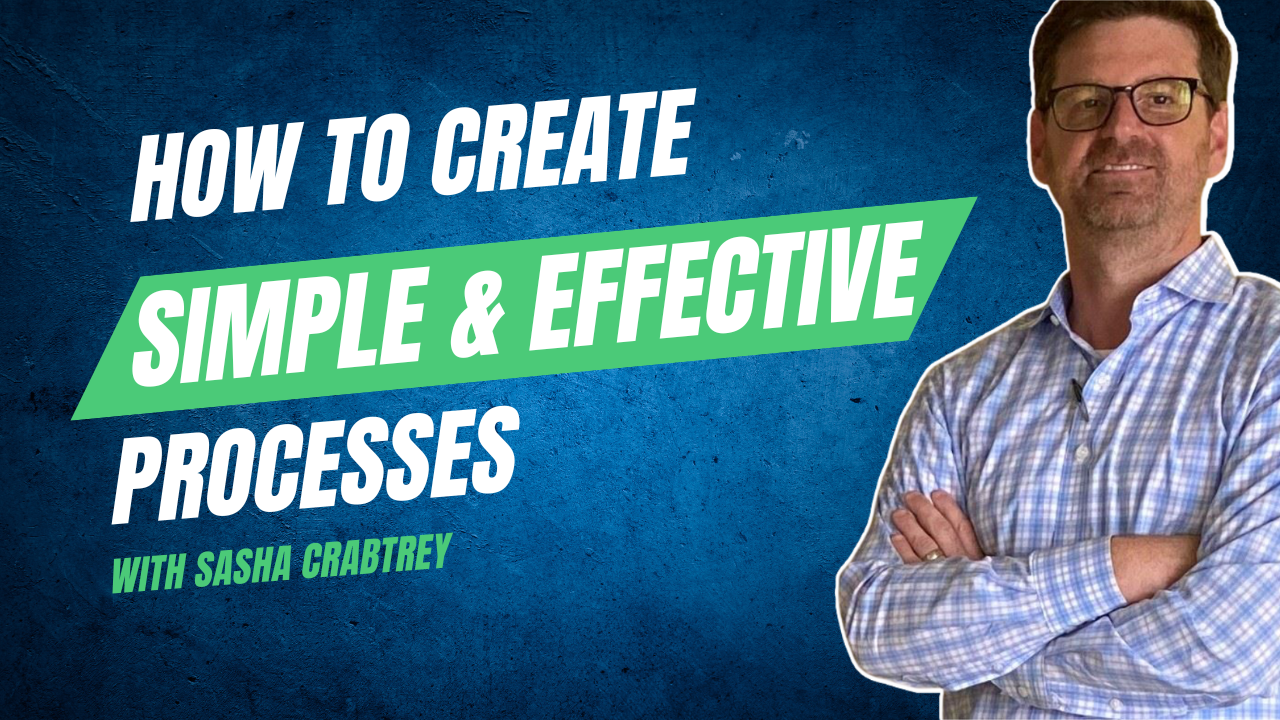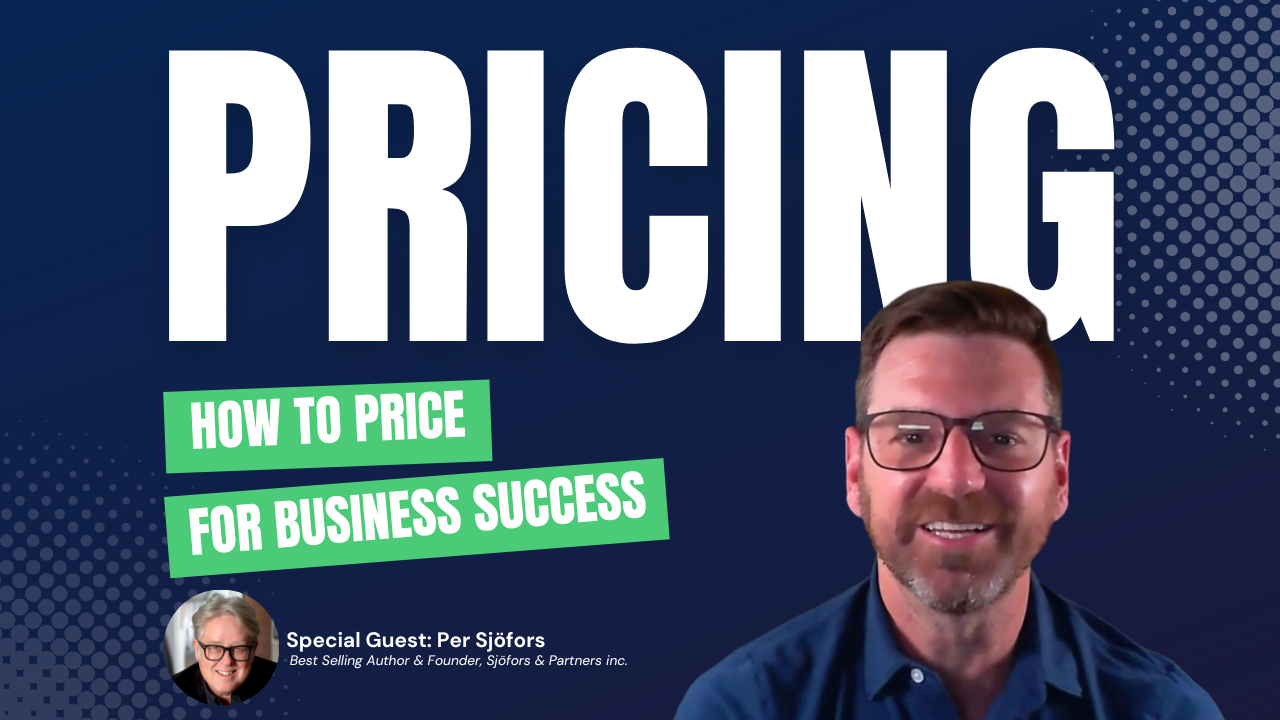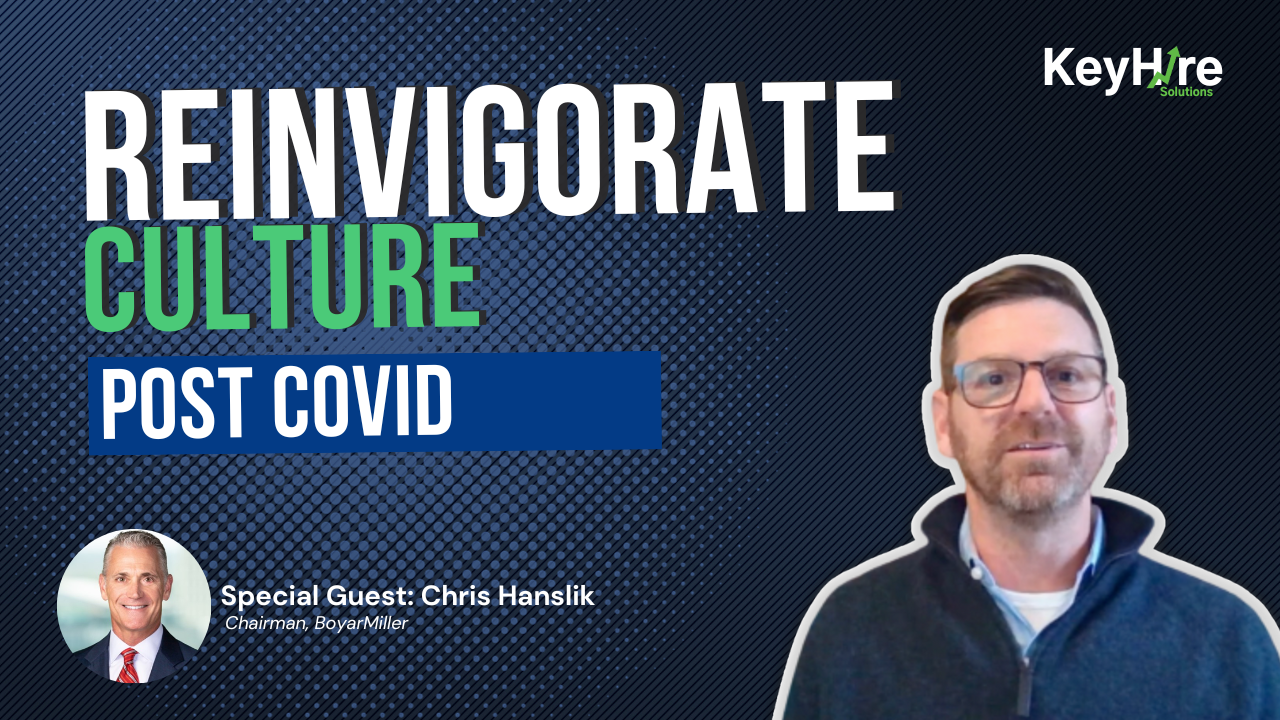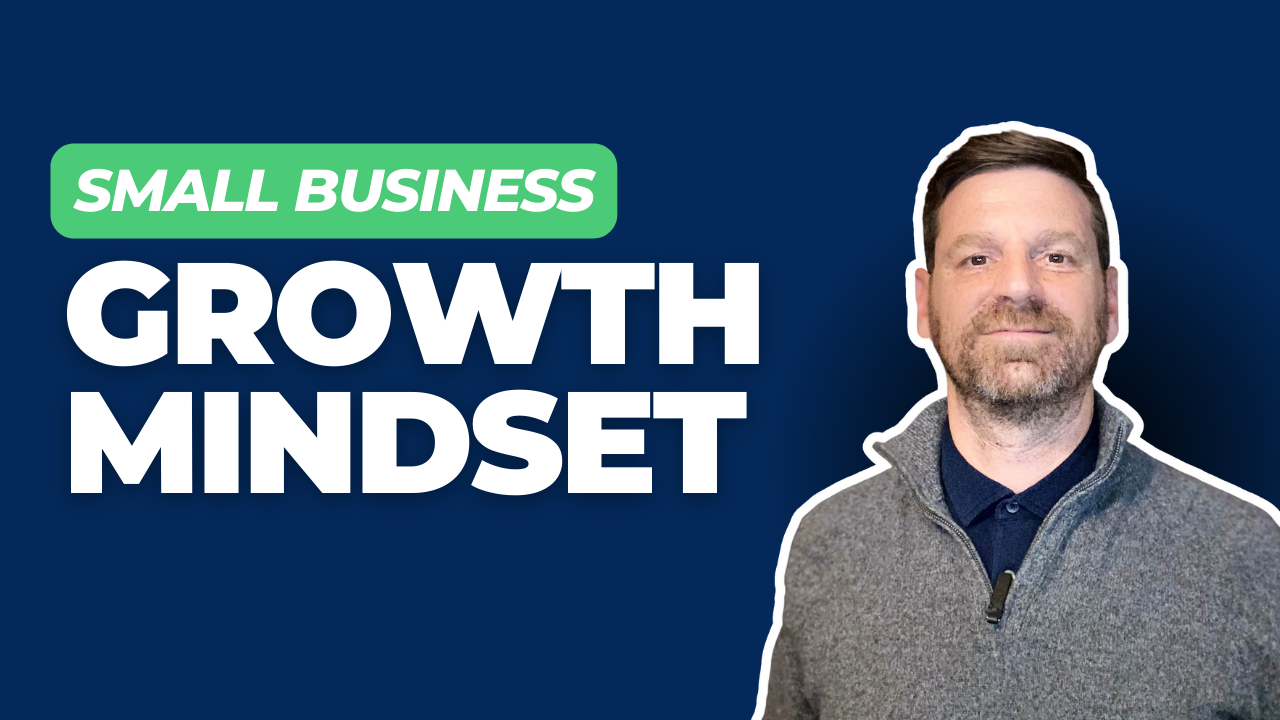Scaling Smart: Upgrading Your Current Employees
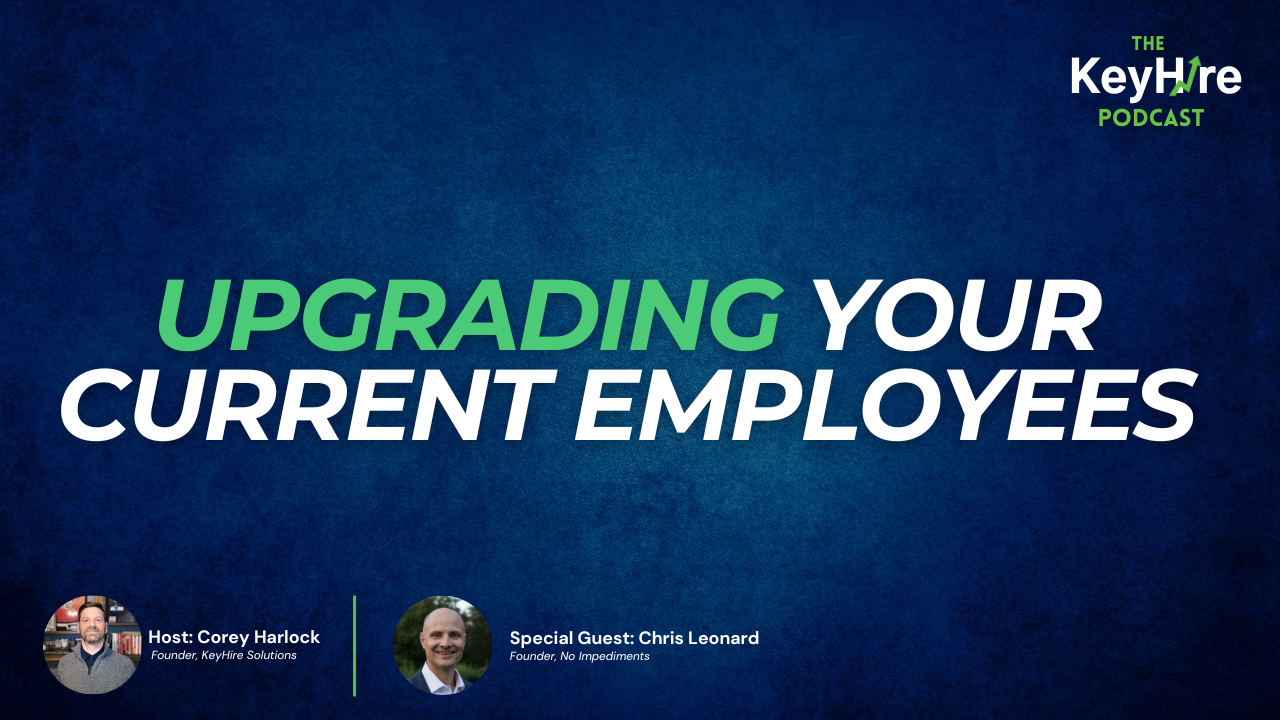
As businesses grow, they often face a difficult challenge.
Some of the key players who helped build the
company may struggle to keep up with its evolving demands. This was the focus of a recent episode of The KeyHire Small Business Podcast, hosted by Corey Harlock, featuring guest Chris Leonard, owner and principalconsultant at No Impediments.
The discussion centered on the transition from personality-driven leadership, where key individuals wear multiple hats, to role-based leadership, where clear roles and responsibilities help businesses scale effectively.
The Growing Pains of Leadership
Has your business outgrown the capabilities of the people who helped you build it? This is a common issue for entrepreneurs. Initially, small businesses thrive on flexibility where team members pitch in wherever needed, wearing multiple hats. However, as the company grows, its demands often exceed the capabilities of these early contributors.
Leaders must recognize when it’s time to redefine roles and introduce structured leadership to ensure sustainable growth.
Key Insights from the Podcast
1. The Shift from Personality-Based to Role-Based Leadership
Chris Leonard explains how businesses start with charismatic, high-energy leaders who take on various responsibilities. However, these individuals can become bottlenecks as the company scales.
Key Takeaways:
- Early-stage businesses prioritize flexibility, while growing companies need clear, role-based structures.
- Leaders must shift from being "the face of everything" to building a strong, independent team.
- The transition involves recognizing when to delegate and defining clear roles for existing employees.
2. Identifying the Right People for the Right Roles
A common challenge is legacy employees struggling to keep up. While their contributions were invaluable in the early stages, their current skill set may not align with the company’s needs at scale.
Key Takeaways:
- Map out all business functions and identify where employees excel.
- Separate passion and competency from day-to-day responsibilities to ensure employees are in roles they enjoy and can thrive in.
- Avoid stretching key players too thin by assigning them responsibilities outside their core strengths.
3. The Importance of Organizational Design
Leonard suggests using an Org Design Workshop to map out necessary business outcomes and align roles accordingly.
Steps to Implement Organizational Design:
- Define Business Outcomes: Identify what results are needed for success (e.g., increasing leads, improving customer retention).
- Create Role-Based Responsibilities: Assign duties based on skill sets rather than personalities.
- Communicate Role Changes Clearly: Engage legacy employees in the transition process to ensure buy-in and minimize friction.
4. Effective Communication & Leadership Development
Business owners often assume their team understands their thought process, but major organizational changes require clear communication.
Key Takeaways:
- Don’t wait until employees struggle—start conversations early about the company’s evolution.
- Provide leadership development opportunities to prepare employees for their evolving roles.
- Use third-party facilitators (coaches, consultants) to navigate difficult transitions.
Growth Requires Evolution
Businesses must evolve their leadership structures to keep pace with expansion while honoring the contributions of early team members. By shifting to role-based leadership, clearly defining responsibilities, and fostering open communication, companies can scale effectively without losing their culture.
To learn more, listen to this episode of The KeyHire Small Business Podcast here.

